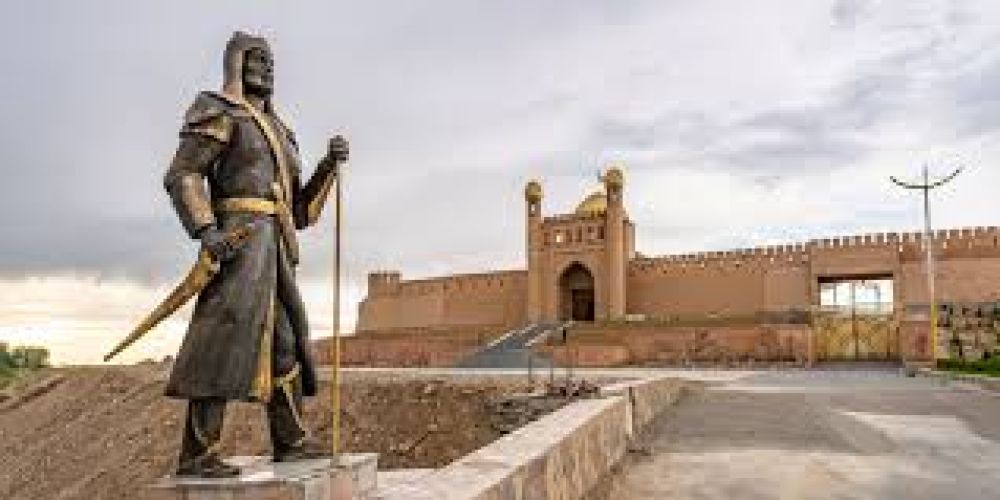

Mug Teppe, also known as Fortress Kohna Qala, stands as a historical testament to the ancient city of Istaravshan, Tajikistan. Dating back to the 6th century BC, this fortress has undergone numerous reconstructions over the centuries due to its strategic importance. The site preserves layers of history, including traces of the Achaemenid Empire, the conquests of Alexander the Great, and the subsequent influences of the Kushan, Hephthalite, Samanid, and Mongol civilizations.
With its long-standing history and archaeological significance, Mug Teppe became an essential destination for those interested in the Silk Road’s rich cultural and economic past. However, it was not until the late 20th and early 21st centuries that the site saw a marked increase in interest from historians, archaeologists, and tourists alike, following Tajikistan's independence from the Soviet Union in 1991.
The tourism industry in Istaravshan, and specifically at Mug Teppe, is relatively nascent. Following independence, Tajikistan began to invest more resources into uncovering and promoting its rich historical heritage to attract tourists. Mug Teppe, as a significant historical landmark, has slowly emerged as a point of interest for international travelers looking to explore the less-traveled roads of Central Asia's ancient civilizations.
Tajikistan has been working to leverage sites like Mug Teppe to boost cultural tourism, which is gaining interest due to the global trend of experiential and educational travel. Nevertheless, Istaravshan's remote location and the comparatively underdeveloped tourism infrastructure have meant that growth in visitor numbers has been modest but steady.
The latest trend in tourism at Mug Teppe involves immersive and authentic travel experiences. Tourists are now looking for opportunities to engage directly with the local history and culture beyond the fortress walls. This interest has led to the development of cultural programs, such as traditional craft workshops, local cuisine tastings, and visits to the surrounding ancient madrasahs and mosques.
The focus has also shifted towards sustainable tourism. Efforts are being made to ensure that the preservation of the site and the benefits of tourism extend to the local communities of Istaravshan. Eco-tourism initiatives and community-based tourism are becoming integral parts of the experience, aligning with global tourism trends toward responsible and sustainable travel.
For visitors planning to explore Mug Teppe, the best times to visit are during the spring and fall, to avoid the harsh summer heat and winter cold. Local guides offer tours in English, Russian, and Tajik, providing deeper insights into the history and significance of the site. While in Istaravshan, visitors are encouraged to explore the local markets and engage with artisans to enrich their understanding of this ancient crossroad of cultures.